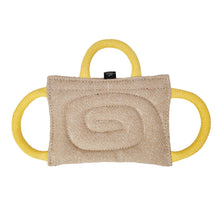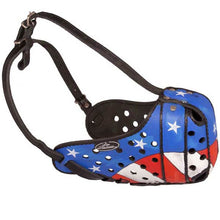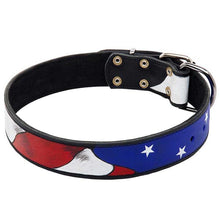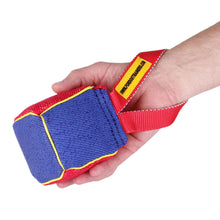7 Easy Ways To Read Your Dog’s Body Language

German shepherds are very smart and demonstrative dogs. They may not be able to talk, but they do communicate through their body language. By spending time observing your dog, it’s easy to pick up on their physical cues and learn what signals they are sending.
1. Facial Expressions
German shepherds have very expressive faces. It’s usually easy to tell what they are thinking and feeling by just looking at them. A soft face usually means they are calm. Raised eyebrows with a happy expression means they want to play. Staring ahead tensely with a firmly closed mouth can indicate they are on guard or alert.
When they yawn it can mean they are sleeping but it can also mean they are anxious. If they begin rapidly flicking their tongue, it can mean they’re distressed by something. If they curl their lips back and snarl, it means they’re angry. If they show their teeth because the back of their mouth is drawn back and they are calm with happy body posture, they may be smiling.

2. Ears
German shepherds have large, erect ears that are moderately pointed. They open to the front and stand at attention waiting to hear all the world has to offer. In addition to their great hearing, their ears also communicate how they may be feeling.
Upright, forward facing ears signal that the dog is excited, interested, and engaged. When the ears are folded back with the tips facing their tail, it may mean they are fearful or anxious. If the dog pins their ears back flat against their head, the dog is guarded.

3. Tail
German shepherds have a strong, bushy tail that hangs down as the AKC describes as a “saber.” Most often when their tail is wagging side-to-side, they’re expressing joy but the position of the tail can signal other moods.
A slow, stiff wag can signal anger, concern, or even fear. If the tail is held very still and stiff, it signals the dog is on high alert. When the tail is held stiffly up over their back, it can be a signal that they are showing their dominance. If they raise their tail and rapidly flick or “flag” it back and forth, they may be prepared to attack or bite. If the tail bristles, the dog is agitated. When their tail is held low or is tucked, they are showing submissiveness, fear, or even illness. When the tail is hanging down loosely, the dog is relaxed.

4. Eyes
German shepherds have beautiful, dark, almond shaped eyes that miss nothing going on in their environment. Their eyes face forward and are very expressive. Their eyes are also a window into their minds.
When the eyes look soft, the dog is relaxed and happy. However, when a German shepherd’s eyes look tense, hard, and are slightly closed, they are giving a warning to not come any closer. If the whites of the eyes are showing, known as whale eyes, they may be stressed, worried, or threatening and could potentially bite. If they make prolonged, hard eye contact, it’s a sign of aggression. If they avoid eye contact, they are uncomfortable.

5. Posture
German shepherds are muscular and very athletic. Their body is fluid and ready to move at any given moment. They are longer than they are tall and have very quick reflexes. When relaxed, they generally walk around with their head held slightly higher than their shoulders, without any tension.
However, when they are excited or on alert, they will hold their head higher than normal. If their body suddenly gets tense, they are on guard. If they are tense and shift their weight forward, it could mean they are feeling hostile toward someone or something. If they bow, they want to play. If they wiggle, they’re very happy. If they try to shrink themselves or roll over, they are feeling submissive.

6. Hackles
The hackles are the group of hairs that stand up along a dog’s neck and back. A German shepherd will raise its hackles when they are being aggressive but they just as often raise them when they are startled, excited, anxious, or encounter something new. When observing your dog raise its hackles, it’s important to observe the entire situation and not just assume the raised hackles are signaling aggression.
7. Sweat
German shepherds don’t sweat like people do, they pant to cool themselves down. But they’ll also pant for other reasons. They’ll pant when they are under stress, feeling sick, or in pain. But just because they pant doesn’t mean they can’t sweat. They have sweat glands in their paws which may leave damp paw prints when they’re hot or if they’re distressed.

Why should you learn your dog’s body language?
It’s important to be able to understand your dog’s body language for many reasons. By learning how to read your dog, you will be better able to train and communicate with your pet thus forming a more trustworthy bond.
Since dogs use posture, facial expressions, their ears, eyes, even their fur to communicate, their signals can be complex. However, when taken in context to their environment and by watching all their signals, when taken together, it can give you a clearer picture into how they are feeling.
When you’re able to read your dog’s nonverbal cues, it’s easier to understand how they’re feeling, if they’re sick, or if they’re feeling guarded or protective. Just as German shepherds think it’s their job to keep their owners’ safe, it’s the responsibility of us owners to keep them safe from harm, too.
You may also like: 15 Things To Expect When Owning A German Shepherd
























